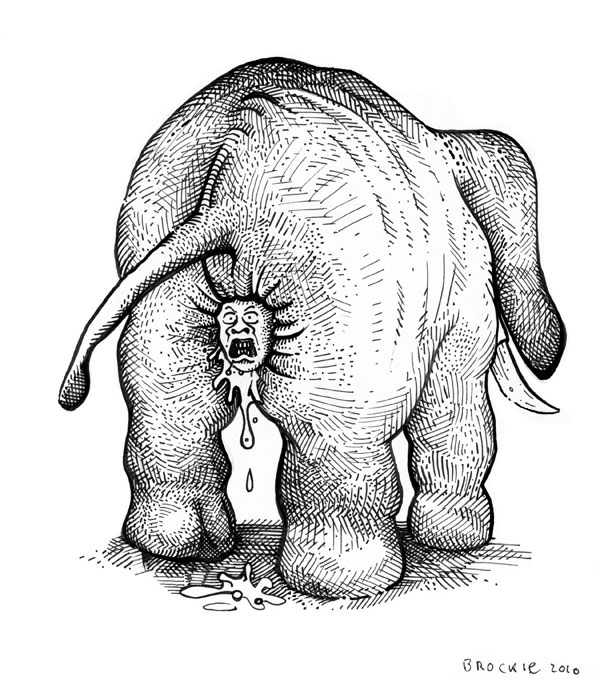How do reformers “see the whole elephant?”
About 5 years ago, my school district brought in a reading expert. This was a real expert who had studied the reading process as her life’s work, some 40 years in schools and in a university laboratory setting. This expert has a list of book titles to her credit. Seeking help to design our Response To Intervention (RTI) processes for struggling readers, our district leadership contracted her to closely with teachers and instructional coaches.
In her first address to instructional leaders and reading teachers in my school district, she read Seven Blind Mice, by Ed Young, an engaging, artistic treatment of the old parable, The Blind Men and the Elephant. In this one, each blind mouse feels a different part of the elephant and declares what they have found, each identifying the elephant as something entirely different. Scrawling in my notebook that day, I made a note of her choice of texts, feeling that she meant to comment on the biases each of us brought to our endeavor to help students read.
Our expert likely knew then what the last four years have shown: like the blind mice in the story, the educators
In her first address to instructional leaders and reading teachers in my school district, she read Seven Blind Mice, by Ed Young, an engaging, artistic treatment of the old parable, The Blind Men and the Elephant. In this one, each blind mouse feels a different part of the elephant and declares what they have found, each identifying the elephant as something entirely different. Scrawling in my notebook that day, I made a note of her choice of texts, feeling that she meant to comment on the biases each of us brought to our endeavor to help students read.
Our expert likely knew then what the last four years have shown: like the blind mice in the story, the educators

